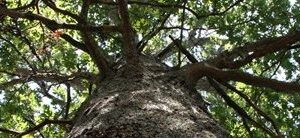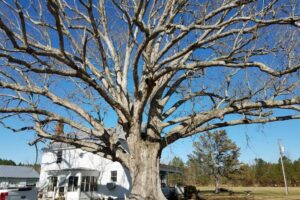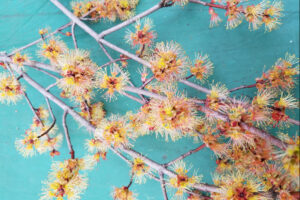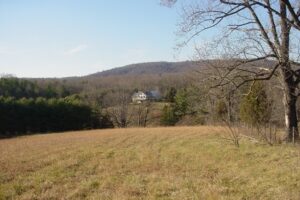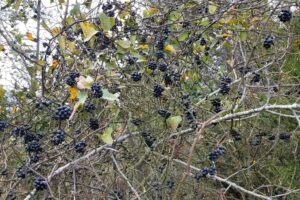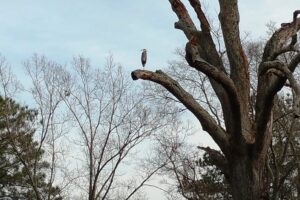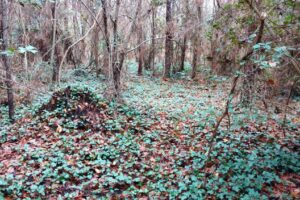Field Notes: The Wind in the Willows, Oaks, Pines …
March 8, 2018 - VDOF Urban Forest Conservationist Jim McGlone March 2018 came in like a lion, roaring with sustained winds of 25 to 30 miles an hour. Predictably, trees fell on power lines causing fires that VDOF personnel worked hard to put out. Media reports highlighted the mayhem falling trees caused; but there was another big story that didn’t make headlines: while thousands of trees fell, hundreds of millions of trees did not... Read More

